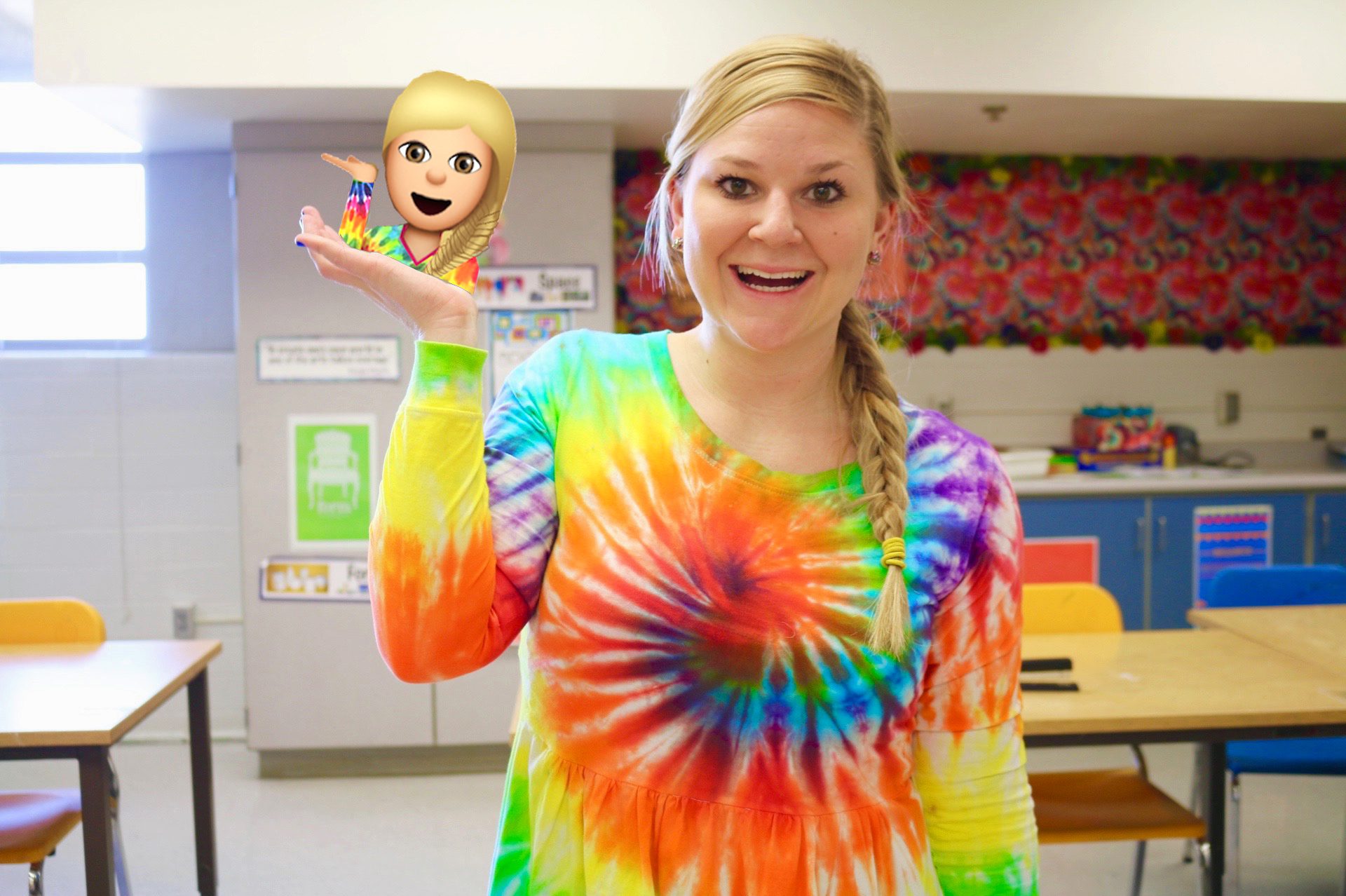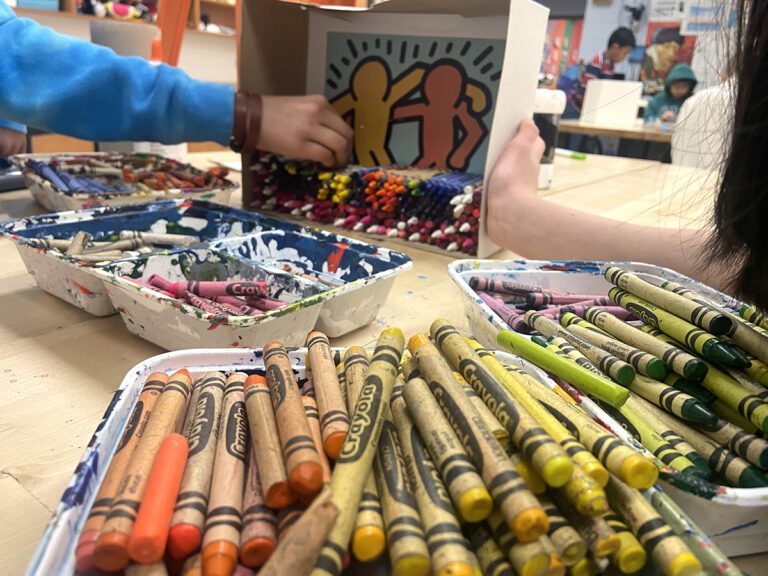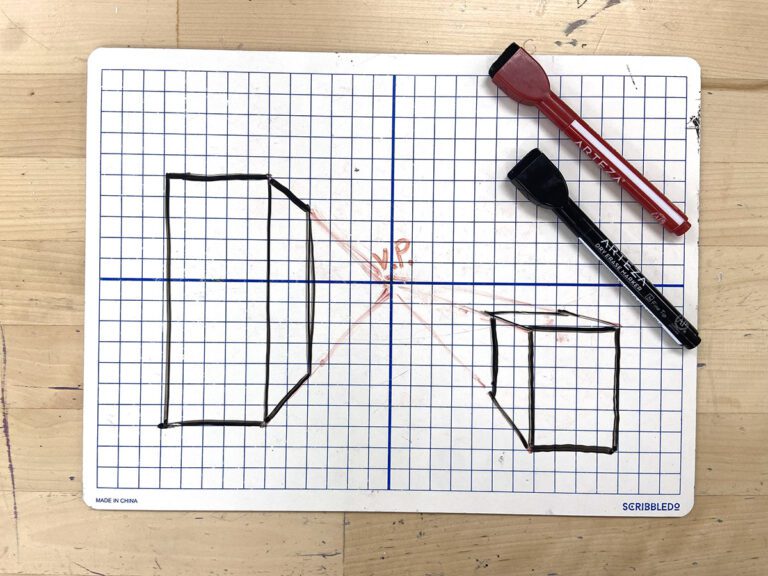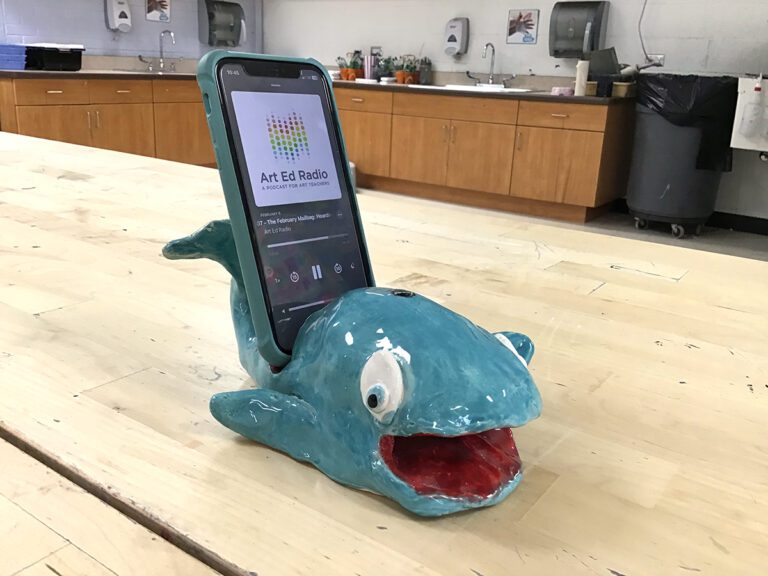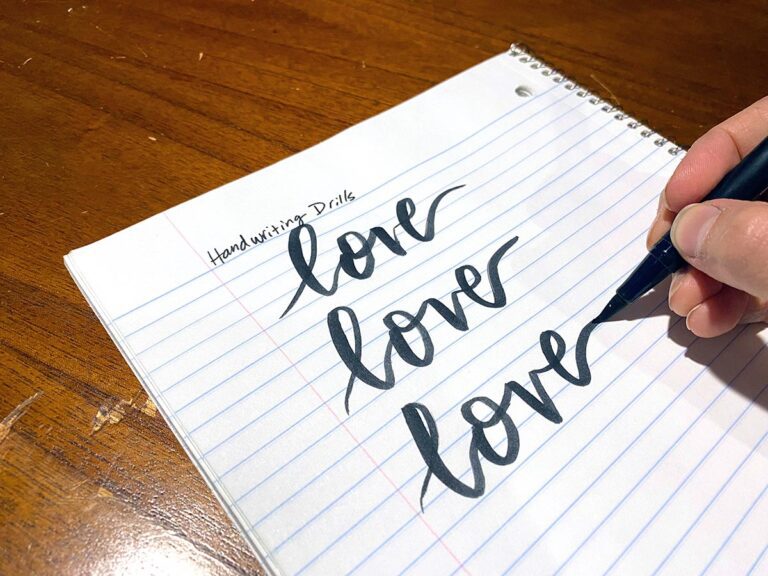At some point in our art teaching careers we’ve encountered lessons that have been total disasters and others that are hits. This year I have been piloting a new Digital Art and Design class for 8th graders. I’ll be the first to admit there were a lot of flops at the beginning, but I’m starting to get in the groove. I recently experienced a lesson that totally knocked it out of the park– in fact, it went way beyond. I had intended for the project to be fun and light-hearted, but it blossomed into something motivational and inspiring. Yet, the idea was sparked from something quite trivial–an emoji.
Let me introduce to you the most motivating graphic design project of all time: Create Your Own Emoji!
If you’d like to try this project in your classroom, just follow the 5 easy steps below.
1. Provide Inspiration

Before you even say the word “emoji,” take a look at the artwork of contemporary Chinese artist Yue Minjun. His artworks are characterized by the Cynical Realism movement, a contemporary Chinese art movement that includes humor, satire, and irony. Share Minjun’s work with your students and ask them how they would describe it. Chances are they’ll look right past the ironic and satirical meaning and look straight to those giant cartoon, emoji-like images. Once you say emoji, your students will be hooked!
2. Lay the Foundation
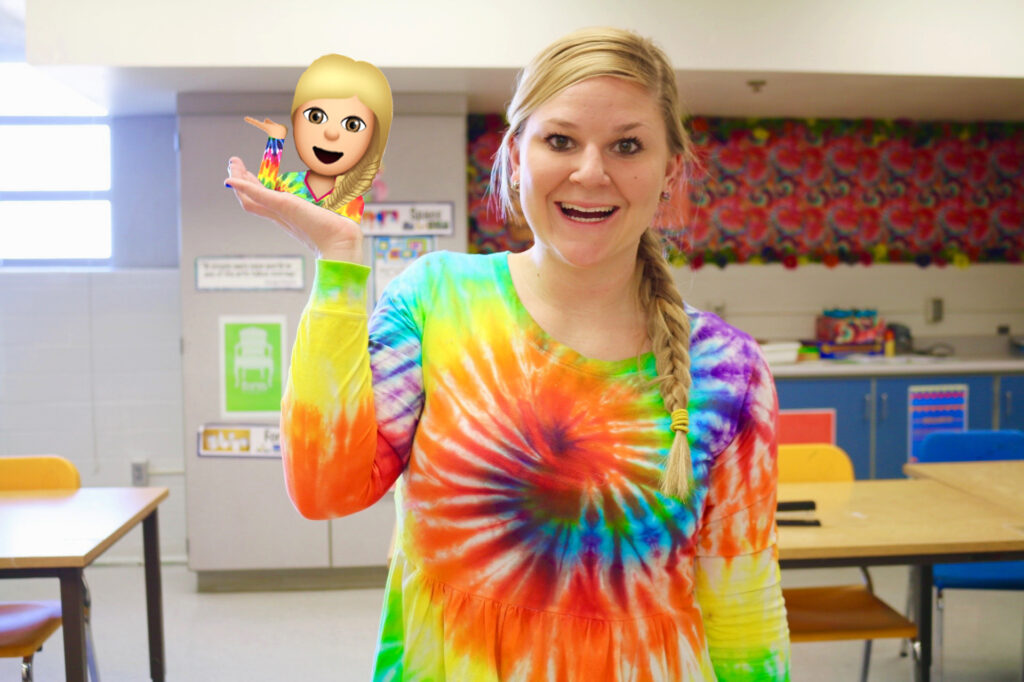
Before your students begin creating they must determine a subject to turn into an emoji. Have students pick 3 different subjects: themselves, a celebrity, and a teacher. A diverse selection will challenge students to think creatively!
Next, decide on a digital editing platform to create your emojis. In my classroom, we used Photoshop. If you do not have access to Photoshop try out a free, online editing program like Pixlr or Sumo Paint.
To effectively complete this project, students should have a basic understanding of the following 4 tools:
- the lasso tool
- the magic wand/quick selection tool
- the paintbrush tool
- the mixer brush tool
Most of your students will probably want to use the emojis created by Apple. Take this opportunity to discuss Copyright and Fair Use. Ensure your students have an understanding of derivative work and parody.
3. Create the Emojis
After students choose a subject, it’s time to create. Here’s what to do.
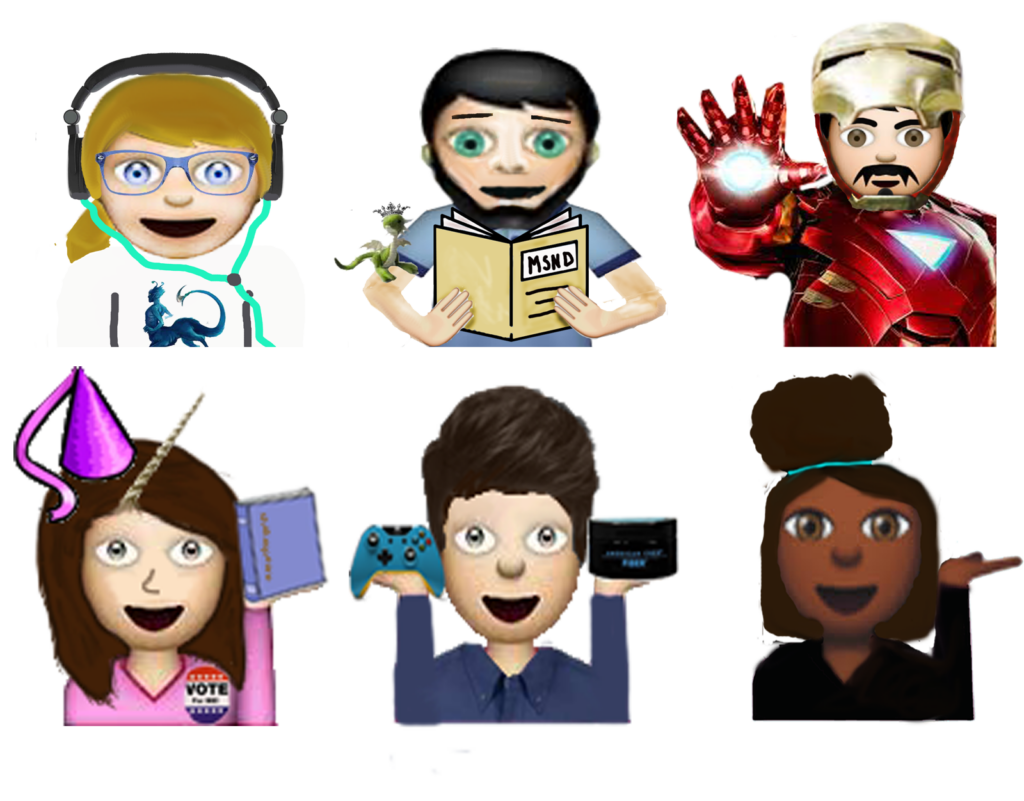
A) Make sure that the canvas area you are working with is small.
I found 6” x6” worked well. This limits the features students are able to include, making the emoji more successful when it is shrunk down to size. Students might need to do a little research to determine the characteristics of their subject. As a student described it, a little “awkward creeping” will help determine said features.
B) Once the features are determined, have students start with an emoji base. This may be an emoji that already looks similar to the chosen subject or an emoji that characterizes a particular expression. To do this, students will need to do a simple web search. This base will be put on the blank canvas enabling edits.
C) After the emoji base is decided, encourage students to work in multiple ways to create their emojis. This will include finding images from the web and incorporating digital drawing. The brush tool is perfect for this. When I created my emoji, I started with an emoji base. I used an image of a tie dye pattern to create the shirt, used the lasso tool to edit the hair, and used the paint and mixer brush tool to add a braid. Because many features will be edited and added, emphasize the importance of working in layers. This allows students to easily resolve errors!
4. Add a Cross-Curricular Component
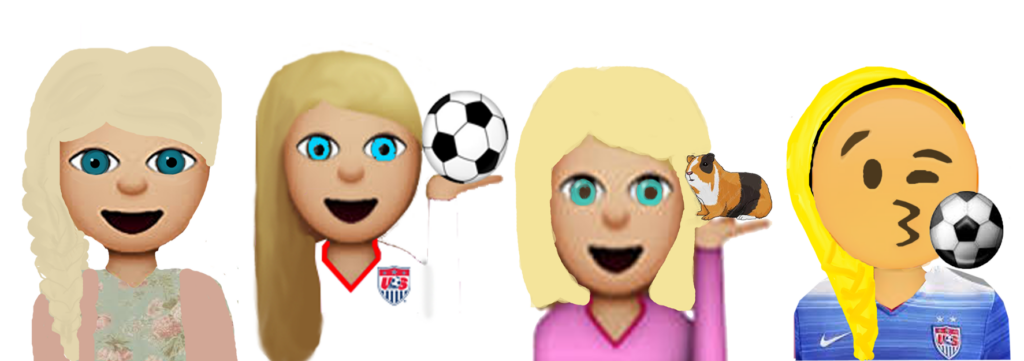
Since students are so motivated about this project anyway, it’s a great time to throw in a cross-curricular component. Writing is a natural choice. I had each student compose a message to the teacher they chose to depict. These sweet messages also included some of the challenges and triumphs students experienced through the project. Another way to incorporate writing would be to have students write a fictional story incorporating all three of their emojis. The possibilities are endless!

5. Use the Emojis
One of the most motivating parts of this project is knowing the emojis can actually be put to use! The “Imoji” app can be downloaded to a smartphone and allows for the use of the emoji as a small image. Take some time to show your students how this app works. It’s very simple to use and most of your students will figure it out before you even finishing explaining. In fact, before I was done explaining most of my students had already sent a text message to their parents to show them what they had created!
The connection to pop culture will continue to motivate and inspire your students to create. At the same time, students will be learning about digital design and incorporating cross-curricular components. Try this project in your classroom. It’s sure to be a home run that will engage your students and go far beyond the classroom!
How do you incorporate pop culture into your art lessons?
What graphic design projects are home runs in your classroom?
Magazine articles and podcasts are opinions of professional education contributors and do not necessarily represent the position of the Art of Education University (AOEU) or its academic offerings. Contributors use terms in the way they are most often talked about in the scope of their educational experiences.
